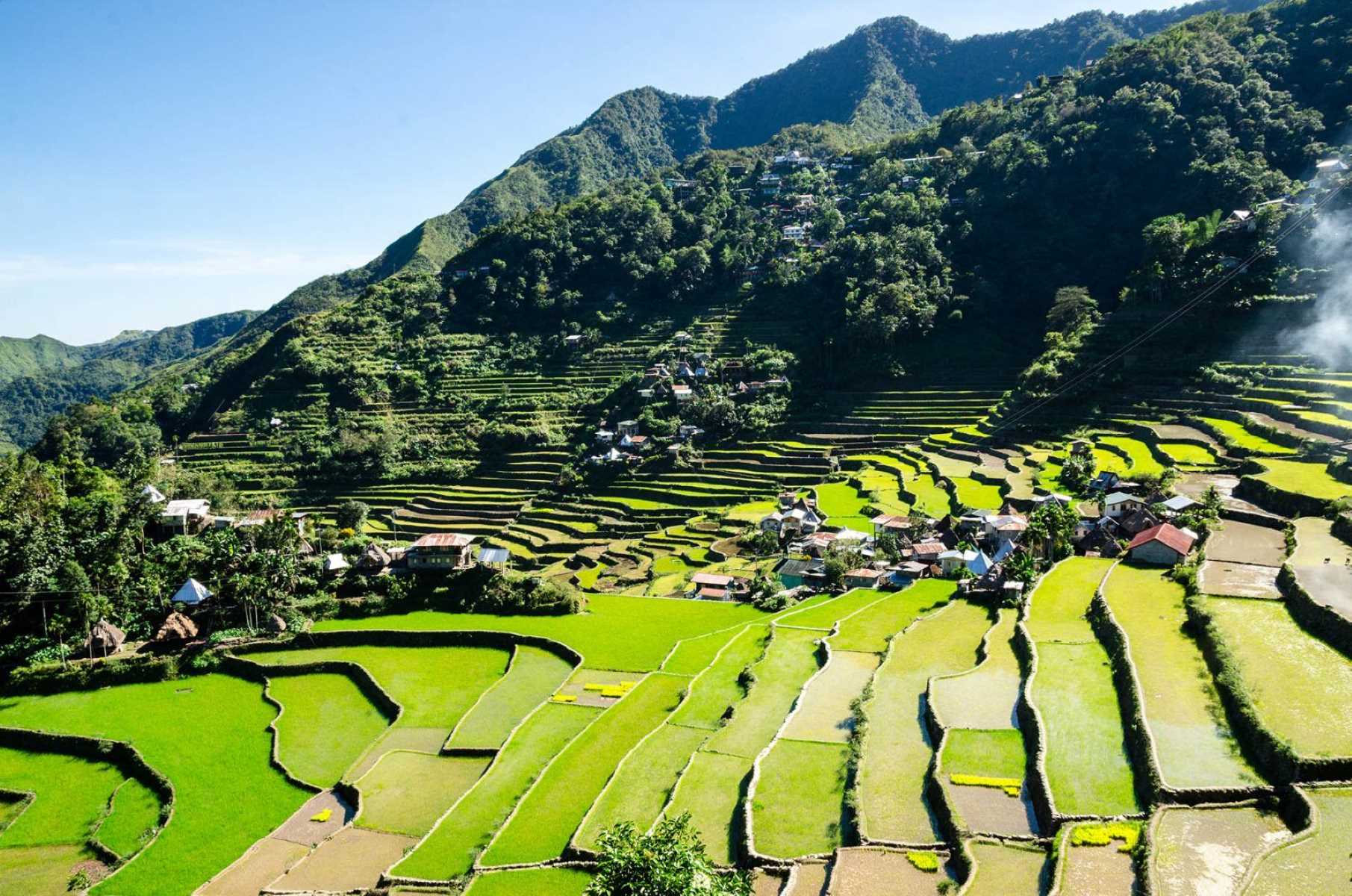Mysteries Of Banaue Rice Terraces

Have you ever wondered about the secrets behind the Banaue Rice Terraces? These ancient marvels, carved into the mountains of the Philippines over 2,000 years ago, continue to baffle and amaze visitors. Often called the "Eighth Wonder of the World," these terraces stretch across the Ifugao region, showcasing the ingenuity and hard work of the Ifugao people. Imagine standing on the edge of these terraces, gazing at the lush green steps that seem to touch the sky. How did they manage to create such a masterpiece without modern tools? What stories do these terraces hold? Let's dive into the rich history and cultural significance of the Banaue Rice Terraces.
Mysteries of Banaue Rice Terraces
The Banaue Rice Terraces, often called the "Eighth Wonder of the World," are a marvel of ancient engineering. These terraces, carved into the mountains of Ifugao in the Philippines, have been cultivated for over 2,000 years. Let's uncover the mysteries behind these stunning landscapes.
How Were the Banaue Rice Terraces Built?
Understanding the construction of the Banaue Rice Terraces reveals the ingenuity of the Ifugao people. These terraces were built using primitive tools, yet they have withstood the test of time.
Stone Walls: The terraces are supported by stone walls, meticulously placed to prevent erosion and landslides. These walls are a testament to the Ifugao's knowledge of geology and engineering.
Irrigation System: An intricate irrigation system channels water from mountain streams to the terraces. This system ensures that each level receives adequate water, crucial for rice cultivation.
Labor and Community Effort: The construction required immense labor and community cooperation. Families worked together, passing down techniques through generations.
What Makes the Banaue Rice Terraces Unique?
Several features set the Banaue Rice Terraces apart from other agricultural landscapes. These characteristics highlight the cultural and historical significance of the terraces.
Cultural Heritage: The terraces are not just agricultural fields; they are a cultural heritage site. The Ifugao people have maintained their traditional farming practices, preserving their way of life.
Biodiversity: The terraces support a diverse ecosystem. Various plants and animals thrive in this environment, contributing to the ecological balance.
Scenic Beauty: The terraces offer breathtaking views. The lush green fields, set against the backdrop of mountains, create a picturesque landscape that attracts tourists from around the world.
Challenges Facing the Banaue Rice Terraces
Despite their beauty and historical importance, the Banaue Rice Terraces face several challenges. Addressing these issues is crucial for their preservation.
Climate Change: Changing weather patterns threaten the terraces. Unpredictable rainfall and temperature fluctuations can disrupt the delicate balance of the ecosystem.
Modernization: Younger generations are moving to urban areas, leaving fewer people to maintain the terraces. This shift poses a risk to the traditional farming practices.
Tourism Impact: While tourism brings economic benefits, it also puts pressure on the terraces. Increased foot traffic and infrastructure development can lead to degradation.
Efforts to Preserve the Banaue Rice Terraces
Various initiatives aim to protect and preserve the Banaue Rice Terraces. These efforts involve both local communities and international organizations.
Community Programs: Local programs encourage the younger generation to engage in traditional farming. These initiatives aim to keep the cultural heritage alive.
Sustainable Tourism: Promoting sustainable tourism practices helps minimize the environmental impact. Educating tourists about the significance of the terraces fosters respect and conservation.
Research and Development: Ongoing research helps develop new techniques to combat challenges like climate change. Innovations in agriculture can support the terraces' sustainability.
The Banaue Rice Terraces stand as a symbol of human ingenuity and cultural heritage. Preserving these terraces ensures that future generations can continue to marvel at their beauty and historical significance.
Timeless Beauty of Banaue Rice Terraces
Banaue Rice Terraces stand as a testament to human ingenuity and harmony with nature. These ancient structures, carved by the Ifugao people over 2,000 years ago, continue to awe visitors with their stunning beauty and historical significance. Walking through the terraces, you can feel the connection to the past and the dedication it took to create such a marvel. The lush green steps, intricate irrigation systems, and breathtaking views make it a must-see destination for any traveler. Visiting Banaue not only offers a glimpse into the rich culture of the Ifugao but also provides a serene escape from the hustle and bustle of modern life. Whether you're an adventurer, history buff, or nature lover, the Banaue Rice Terraces promise an unforgettable experience. Plan your trip and witness this timeless wonder for yourself.

